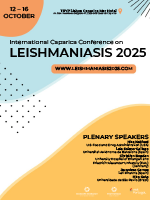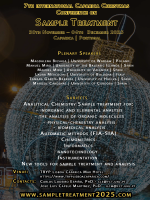Elucidation of carbon transfer in a mixed culture of Acidiphilium cryptum and Acidithiobacillus ferrooxidans using protein-based stable isotope probing
DOI: 10.5584/jiomics.v2i1.85
Abstract
Although many examples of syntrophic cultures are known, details of carbon utilization and carbon transfers within them often remain elusive due to limitations in methods used to detect carbon flux. We have applied the recently developed method of protein-based stable isotope probing (protein-SIP) to track carbon flow in a mixed culture of acidophilic bacteria. The heterotroph Acidiphilium cryptum was grown in the presence of 13C-labeled galactose, together with the iron- and sulfur-oxidizing autotroph Acidithiobacillus ferrooxidans. Cultures were harvested at five time points, proteins extracted and separated by 1-dimensional SDS gel electrophoresis, peptides obtained by tryptic digest of gel slices and analyzed by UPLC Orbitrap MS/MS measurements. Syntrophic interactions were confirmed by analysis of the time-dependent incorporation of 13C into peptides, and quantified by calculation of relative isotope abundance (RIA) and labeling ratio (lr) from mass spectral isotope patterns. 13CO2 formed by catabolism of galactose by A. cryptum, was found to be assimilated by At. ferrooxidans which used tetrathionate as electron donor. Mass spectral data indicated that 13C-labeled organic substances, mostly peptides, secreted by the chemoautotroph were assimilated by the heterotroph. The data provided unequivocal evidence for two-way transfer of carbon in mixed cultures of autotrophic and heterotrophic acidophilic bacteria.









